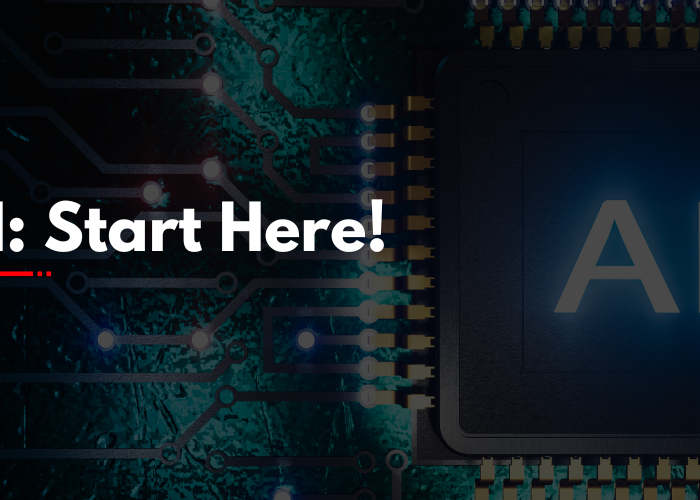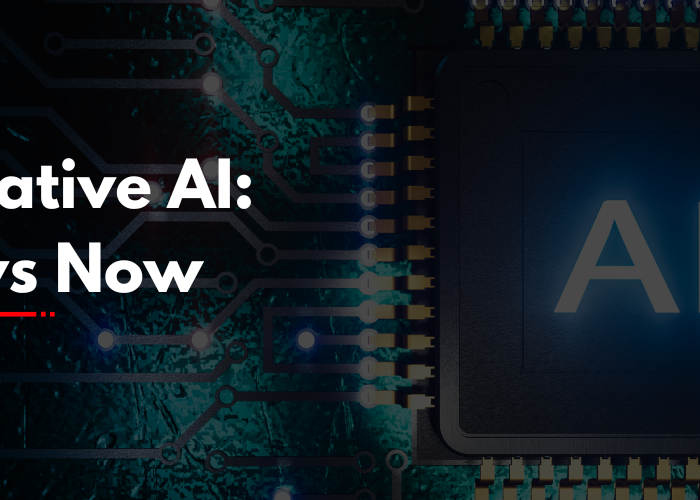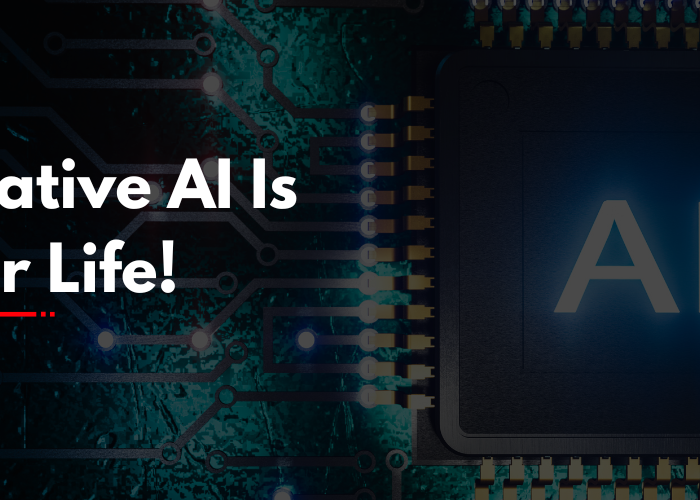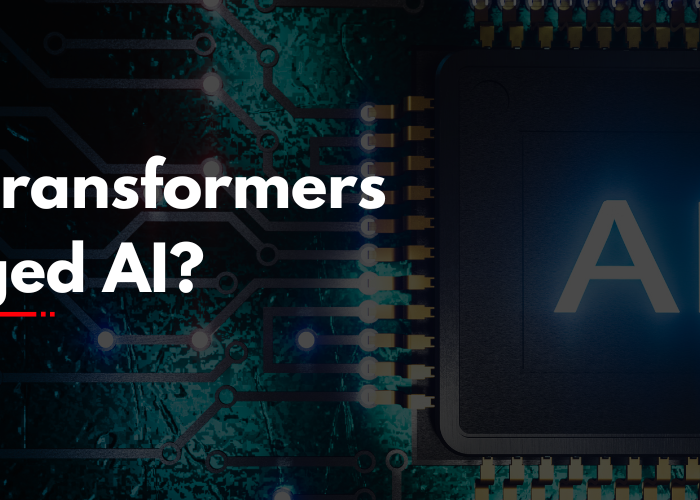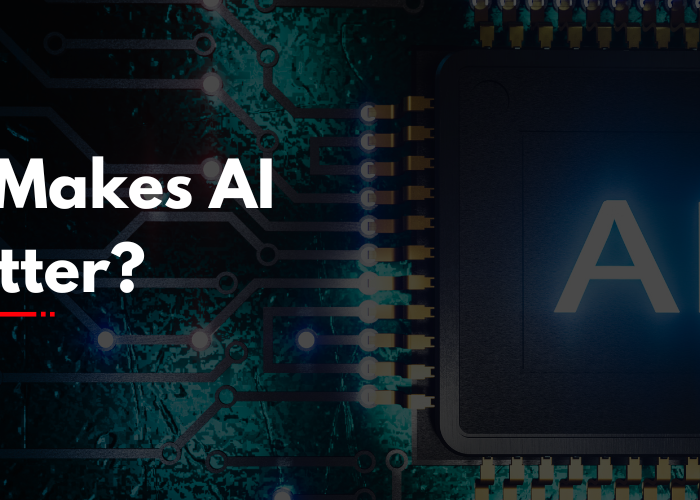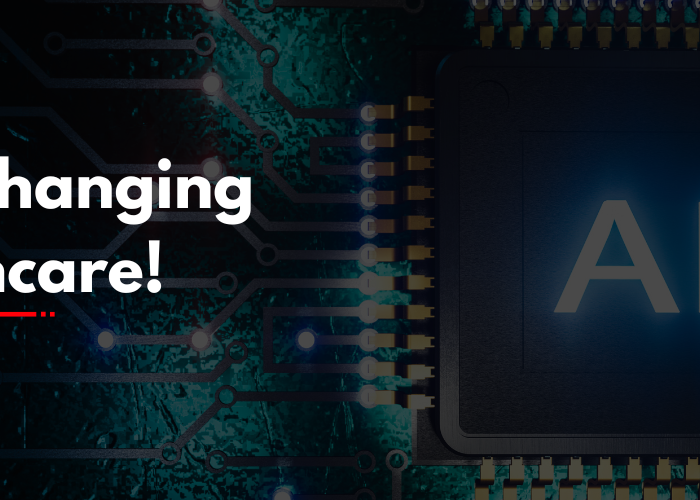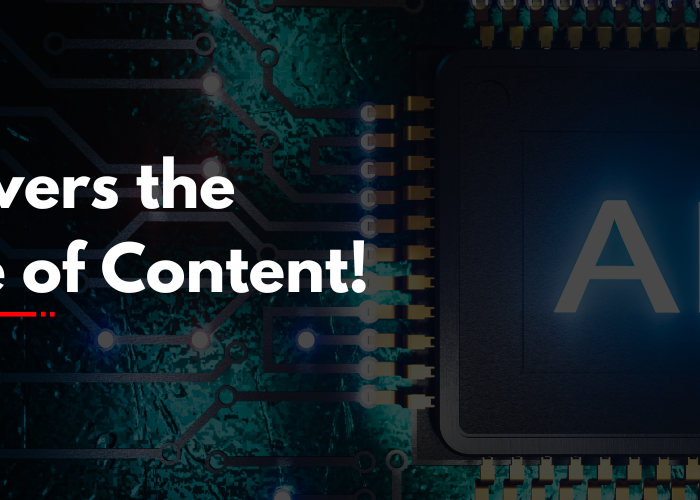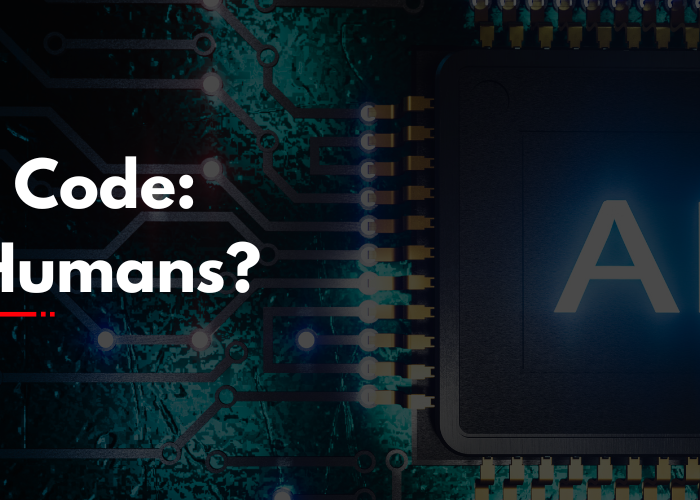Introduction
Generative AI feels like magic. You just type some words, and voilà, out pops a poem, a painting, or a tune all in an instant. But beneath what appears to be effortless imagination is something much less magical: math. It may lack glamour, but it’s behind the whole experience.
You don’t have to be a math genius to love it. Just like you can love music without knowing sheet music, you can get the mathematics behind AI without going into deep equations. In this blog, we’re going to simplify the key concepts behind generative AI and illustrate how everyday applications depend on them to accomplish amazing feats.
Key Components
At the core of generative AI are some mathematical ideas that cooperate like ingredients in a recipe. Let’s examine them in plain language:
- Probability: This is making intelligent guesses. If you’re predicting what the next word in a sentence or the next stroke in an image is, probability assists the AI in making informed decisions.
- Vectors and Spaces: Imagine each word, picture, or noise as a point in a huge cloud. Math places each point in a meaningful way—closer together if they’re connected, farther apart if they’re not.
- Functions and Optimization: AI models apply formulas (functions) to change data, and they’re always tweaking (optimizing) these formulas to improve over time.
All of this goes on behind the scenes, quietly driving every creative idea, image creation, or voice response you notice on the surface.
Types of Mathematical Models in Generative AI
There are several different types of math-based models that generative AI tools work with:
- Linear Algebra: This allows AI to recognize patterns and connections within data. It’s what enables the system to “visualize” images or “listen” to sounds in an orderly manner.
- Calculus: Applies to teaching AI, particularly in determining how to learn from experience and get better over time. It assists the model in identifying what’s doing well and what isn’t.
- Statistics: Assists in forecasting what comes next in a sequence whether it’s the next word in a sentence or the next pixel in an image.
- Probability Distributions: These explain how probable certain results are. They’re central to the “creativity” aspect of AI choosing which way to go when creating something new.
While the models can become sophisticated, their underpinnings are based on math that’s surprisingly rational and intuitive once you dissect it.

Key Benefits and Challenges
Learning the math behind generative AI isn’t merely a trivia fact—it has actual benefits:
Benefits:
Smarter Outputs: Math enables AI to remain consistent, imaginative, and timely in what it produces.
Efficiency: AI, once trained, can generate output in seconds because of mathematical shortcuts.
Scalability: Math enables these models to process billions of data points, which translates to being able to create more precise and targeted content over time.
Challenges:
Complexity: The mathematics of big models is difficult to understand. Even the engineers who construct them can’t always accurately describe why they perform so well.
Bias: Since math depends on data, and data might be biased towards humans, results can mirror unwarranted stereotypes or trends.
Resource Use: Some of the computationally intensive mathematics behind generative AI necessitates enormous quantities of computing resources, which incurs environmental as well as moral issues.
Real-Time Applications
Even though it’s math at work, the results show up in creative and intuitive ways all around you:
- Autocomplete in Messaging: When your phone suggests your next word, it’s using probability and prediction.
- AI-Generated Art: Tools like DALL·E or Midjourney use math to interpret language and create visual output that feels artistic.
- Voice Assistants: When Alexa or Siri answers questions, it’s pulling from statistical language models powered by calculus and linear algebra.
- Music Generation: Apps that generate tunes on the spot draw upon patterns and structures learned from math-based training.
What appears to be creative intuition is well-trained math in action.
How It Works
Picture teaching someone to draw by exposing them to millions of images. You then tell them to come up with something new based on all that they’ve looked at. That’s what generative AI does—but with math doing the learning, the remembering, and the creating.
Here’s a simple breakdown of what occurs:
The AI is “trained” on a mountain of examples.
While training, it fine-tunes its internal settings (thanks to calculus optimization techniques).
And when your prompt it, it locates the ideal possible output by following patterns and likelihoods.
It only continues to improve since it receives increasingly more feedback and data.
And so, when you request “a snug cottage deep in a forest that is covered in snow during sunset,” it employs math to decode every word, translate that into picture construction, and compose something from whatever it’s been trained on.
Getting Started with Generative AI
If you’re keener on using generative AI than doing all the math, that’s completely fine. Here’s how to dive in:
Text Tools: Experiment with writing with AI through tools like ChatGPT or Notion AI.
Image Generators: Employ tools like Midjourney, DALL·E, or Dream by WOMBO to generate art from your language.
Music and Audio: Tools like Soundraw or AIVA allow you to create background music or bespoke scores.
Learning Platforms: If you’re curious about the math, free sites like Khan Academy or 3Blue1Brown explain these ideas visually and clearly.
You don’t need a math degree to appreciate or use these tools—but if you’re curious, a little understanding can go a long way.
Conclusion
Behind each enchanting piece of AI-created content is a basis of intelligent, well-structured mathematics. From probability to optimization, these concepts fuel the imagination we witness on our screens daily.
Though the math and equations may be out of sight, their influence is all around. Generative AI is merely the latest means by which mathematics is enabling us to narrate, create art, and communicate in ways we never could have dreamed.
The next time you view an AI-created photo, poem, or video, you’ll know—it’s not magic. It’s math. And that’s rather cool.


